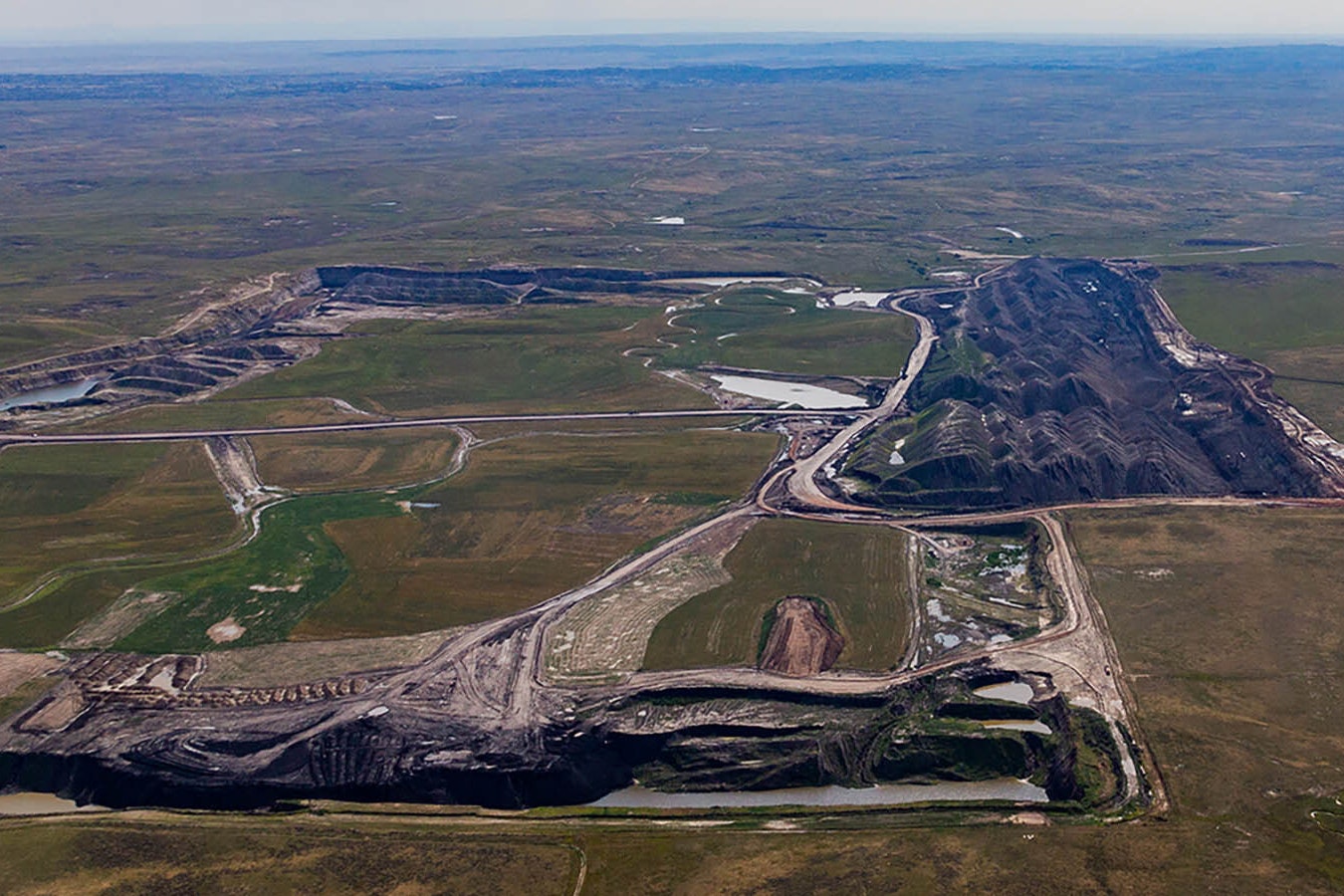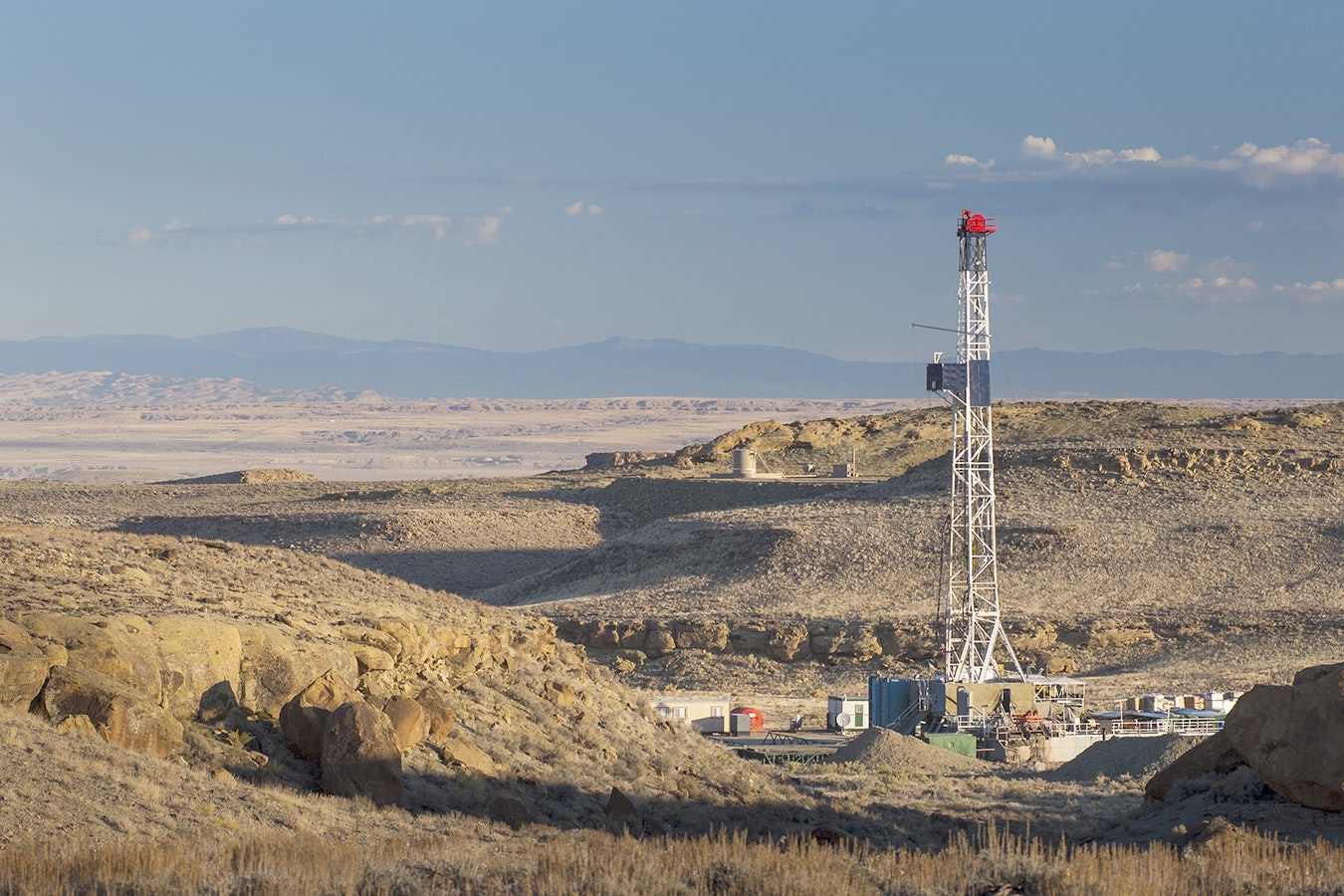Two companies are working to develop and process rare earth deposits in Wyoming in the face of escalating demand for the valuable elements.
Wyoming Rare USA in late March began drilling in exploration of rare earth elements in Albany County west of Wheatland. In October, Rare Element Resources started working on a rare earths demonstration processing facility to be built in Upton.
The work comes as the demand for rare earths escalates, with uses ranging from cell phones and air conditioners to electric cars and defense applications
Marty Weems, president for American Rare Earths, the parent company for Wyoming Rare USA, said his company’s work in Albany County is an attempt to determine whether a rare earth mine in the area would be profitable.
“It’s definitely not yet a mine,” he said. “We’re not a mining company. We’re what’s considered a mineral exploration company. Once a discovery has been made on the surface, we come in and do the planning, evaluating, and engineering. We determine if it can be made into a technically viable product with the goal of making it shovel ready.”
Electric motors, such as those used in vehicles and air conditioners, are major consumers of rare earth minerals, Weems said, and the demand for such motors is growing as countries develop globally.
“When people come out of poverty, first they buy a refrigerator and then they buy an air conditioner,” he said. “So when people come out of poverty, the demand for products that have rare earths in them increases.”
Upton Demonstration Plant
Rare Element Resources Inc., a Wyoming corporation, is working to develop an Upton demonstration plant that will separate rare earths from raw ore removed from the Bear Lodge Mountains near Sundance.
A consortium that includes Rare Element Resources was awarded nearly $22 million by the U.S. Department of Energy’s Office of Energy Efficiency and Renewable Energy.
The DOE money will pay for half of the engineering, construction, and operation of the rare earth separation and processing plant in Upton. The plant is expected to provide pure neodymium and praseodymium, rare earths that make incredibly strong magnets.
Randy Scott, president and CEO of Rare Element Resources, said General Atomics, a defense contractor, has invested in the processing plant, demonstrating the importance of rare earth minerals to defense applications.
“The national security aspect of rare earth mining is just critical,” Scott said. “The investment [by General Atomics] is driven by their knowledge of the defense industry’s reliance on systems which make use of those materials.”
The U.S. Department of Defense is not a major consumer of rare earth minerals, Scott said, but it needs a stable source of the minerals.
“The Department of Defense is not a huge consumer of magnets made with rare earth. But what they do consume is extremely critical,” he said. “If you can’t assure yourself of a domestic source of that and have to depend on China, you’re in big trouble.”
Weems agreed with Scott on the importance of rare earths to national defense.
“This particular industry and supply chain are of really serious interest to the Department of Energy and the Department of Defense,” he said. “They are currently concerned that almost the entire supply chain goes through China. If you have a supply chain that goes through a potential adversary, it can get worrisome if things get kinetic.”
The federal government has identified rare earth elements as one of the 35 items critical to national security and domestic economic prosperity.
Eight rare earth elements are used in mobile phones. Six are used in hybrid vehicles.
Just three of the rare earths critical to national defense are:
◆ Neodymium — More magnetic than any other element. That makes it a good choice for use in missile guidance systems.
◆ Lanthanum — Makes glass easier to see through, making it important for surveillance and reconnaissance camera lenses.
◆ Samarium — A key component of traveling wave tubes, the “backbone of the world’s entire space communications system” says a contributor to Physics Today. https://physicstoday.scitation.org/doi/full/10.1063/PT.3.4872
All three are among the rare earth elements found in Wyoming.
UW Playing A Big Role In Development
University of Wyoming researchers have determined the state could be home to large rare earth element deposits, said Scott Quillinan, senior director of research for the university’s School of Energy Resources.
“Wyoming has some interesting and potentially large rare earth element resources,” he said.
He pointed specifically to the deposit in the Bear Lodge Mountains that Rare Element Resources plans to process at its Upton demonstration plant.
“(It) is often referred to as one of the largest unmined rare earth deposits in North America,” he said. “(Western Rare Earths) is working on defining the rare earth element resources of Red Mountain pluton in Albany County. So that’s two, potential, mineable deposits in Wyoming.”
Several other UW researchers have focused their efforts on evaluating the presence of rare earth elements from Powder River Basin coal ash collected from four power plants.
The researchers, in a paper published in “Renewable and Sustainable Energy Reviews,” revealed that the ash could provide rare earth elements that could be extracted economically.
The findings are important because “China and Southeastern Asia dominate all parts of the REE market value chain – from extraction and production to final consumption in the manufacturing sector,” according to work done by UW’s Melissa Firestone and Jada Garfalo, both researchers with UW’s School of Energy Resources.
Workforce Needed Over Next Two To 10 Years
The construction of Rare Element Resources’ demonstration plant should be an economic boon for northeastern Wyoming.
Assuming the knowledge and skills are available, the plant will be built and operated with local workers where possible, Scott said.
He added the company already has 1,000 tons of material to process at the plant, which should help reduce America’s reliance on China for some rare earth elements.
“We aren’t producing a concentrate that has to go to China to be processed,” he said.
Wyoming’s experience with coal production should help provide Rare Element Resources with the labor force it needs, he added.
“This is a tremendous state to be working in,” he said. “Wyoming has quite an established workforce in coal mining that we can borrow from. Those are the types of people we need for maintenance and construction jobs.”
Some training will be needed for the workers who run the plant, Scott added.
“There will be laboratory analysis, process design, and engineering work on the chemical processing side, plus process and engineering work on the mechanical and industrial side,” he said.
In Albany County, if Western Rare Earths’ drilling results in a rare earths mining operation, the operation will need local employees. That timeline is quite a bit longer than the timeline for the Upton facility, but, assuming a mine is feasible, Weems said, this could “be a big construction project.”
“It wouldn’t be a little thing,” he said. “Those construction capabilities would be a big need for probably a year or more. On similar projects, after construction, there have been 200 to 300 high paying mining jobs.”
The area could also expect the creation of related jobs in the form of support positions at the mine, along with increased consumer activity.
“When a new mine comes to a community, there’s another 250 jobs created that support the jobs at the mine, more hardware to fix the house, more groceries, more jobs in the community that aren’t directly related to the mine, but support the people who work at the mine and support the mine functions,” he said.
As the rare earth element industry picks up speed, the UW is working new systems for mining and production, Qullinan said.
“The School of Energy Resources is hoping to develop methodologies for the entire supply chain of rare earth materials, methodologies for exploration and mining, separation and processing, beneficiation or enriching materials, as well as value-added processes, business plans, economics, and workforce development,” he said. “We want to develop a wells-to-wheels type of program.”





